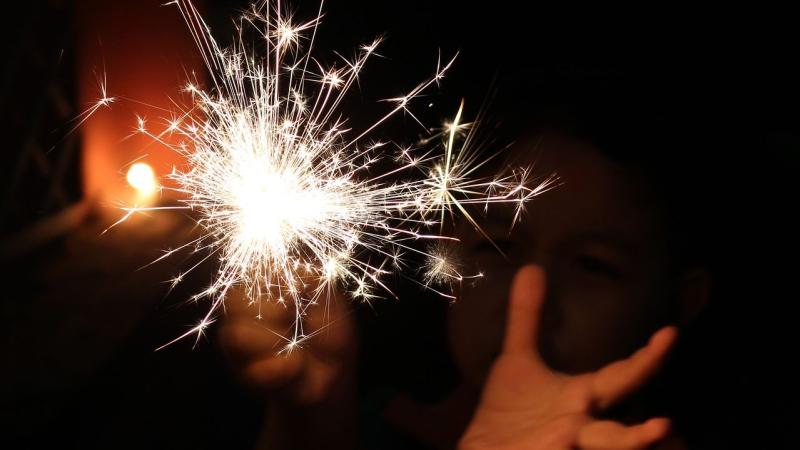
The extensive use of fireworks, particularly during festivals like Diwali, releases large amounts of harmful gases and toxic substances into the atmosphere. As a result, the air gets polluted and can affect our health. In a recent study, researchers from the Indian Institute of Technology Guwahati and the Indian Institute of Technology Delhi have analysed the excessive air and noise pollution caused by firecrackers during Diwali and their potential impact on health. The results of the study were published in the Journal of Health and Pollution.
The researchers studied the air quality and noise levels during Diwali celebrations at IIT Guwahati campus in 2015. They measured the concentration of PM10—tiny particulate matter suspended in air measuring 10 micrometres or less in diameter—and the noise levels. They also measured the concentrations of metals like cadmium, cobalt, iron, zinc, and nickel and ions like calcium, ammonium, sodium, potassium, chloride, nitrate, and sulphate present in PM10 for a period of 10 days during Diwali. To estimate the health impact, the researchers conducted a health survey of patients attending the institute's hospital during that period.
Although studies that analyse the impact of firecrackers on air quality and health are common in the country, the researchers mention that so far, there have been only two such studies from northeast India. Like many previous studies, this study too found a steep rise in pollutant levels during the Diwali celebration. The researchers observed that the mean PM10 concentration during Diwali was 81% higher than at other times, and the concentration of metals and ions increased significantly. With an increase of 65%, the noise levels too were equally excessive.
Interestingly, the researchers found that the concentration of bacteria in PM10 was 39% less during Diwali compared to other days. “Heavy metals such as lead, iron, and zinc are known to have potential effects on microbial activity due to their toxic nature and are the main components in the manufacturing of fireworks. This could be the reason for the reduced concentration of bacteria during the Diwali period”, explain the authors.
The researchers also noted an increased impact on the health of people during Diwali. “The increased level of particulate matter corresponded with a 67% increase in the number of patients attending the hospital during the Diwali period”, say the researchers. There was an increase in the number of patients complaining of a headache, fatigue, irritation in the eyes, coughing, sneezing and sinusitis during this period.
Although celebrating Diwali without firecrackers would be ideal to ward off air pollution and related risks, a controlled use could help, say the researchers.“This study stresses the importance of regulated and monitored fireworks burning in regions with a high population density. Future time series analyses are needed using data collected from additional fireworks burning events to quantify the relationship between PM10 concentrations and health risks”, conclude the authors.





